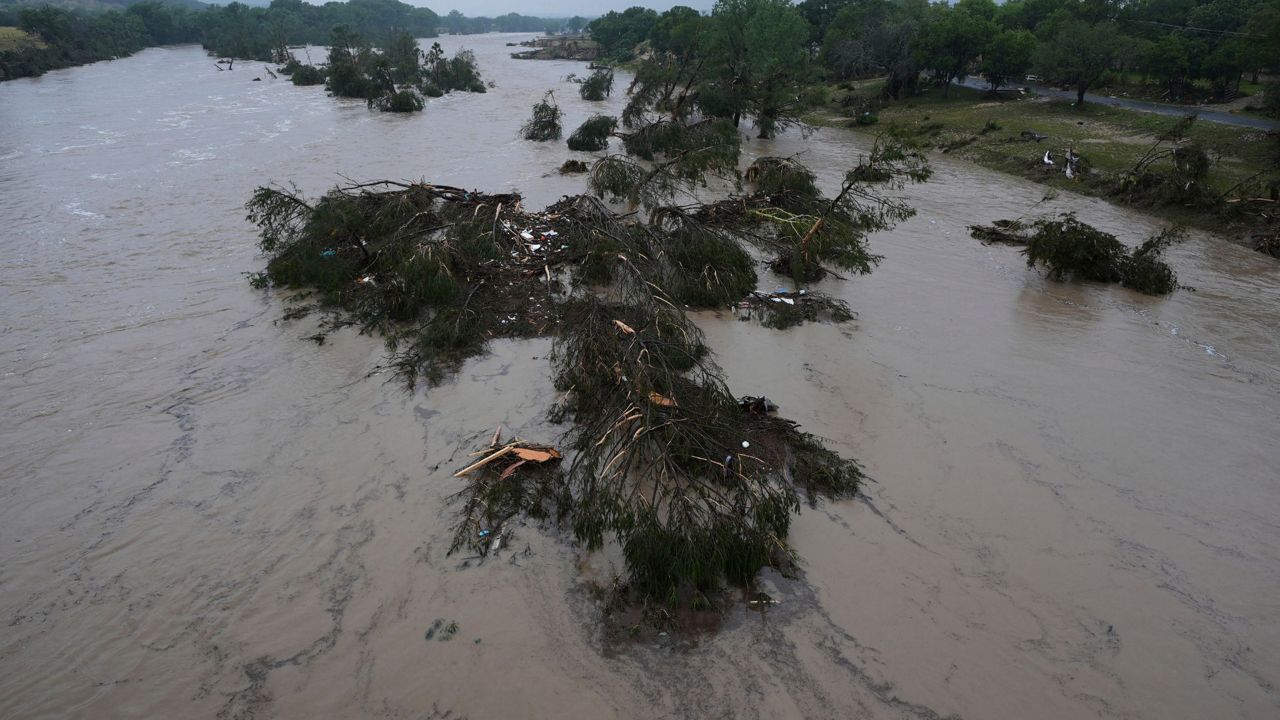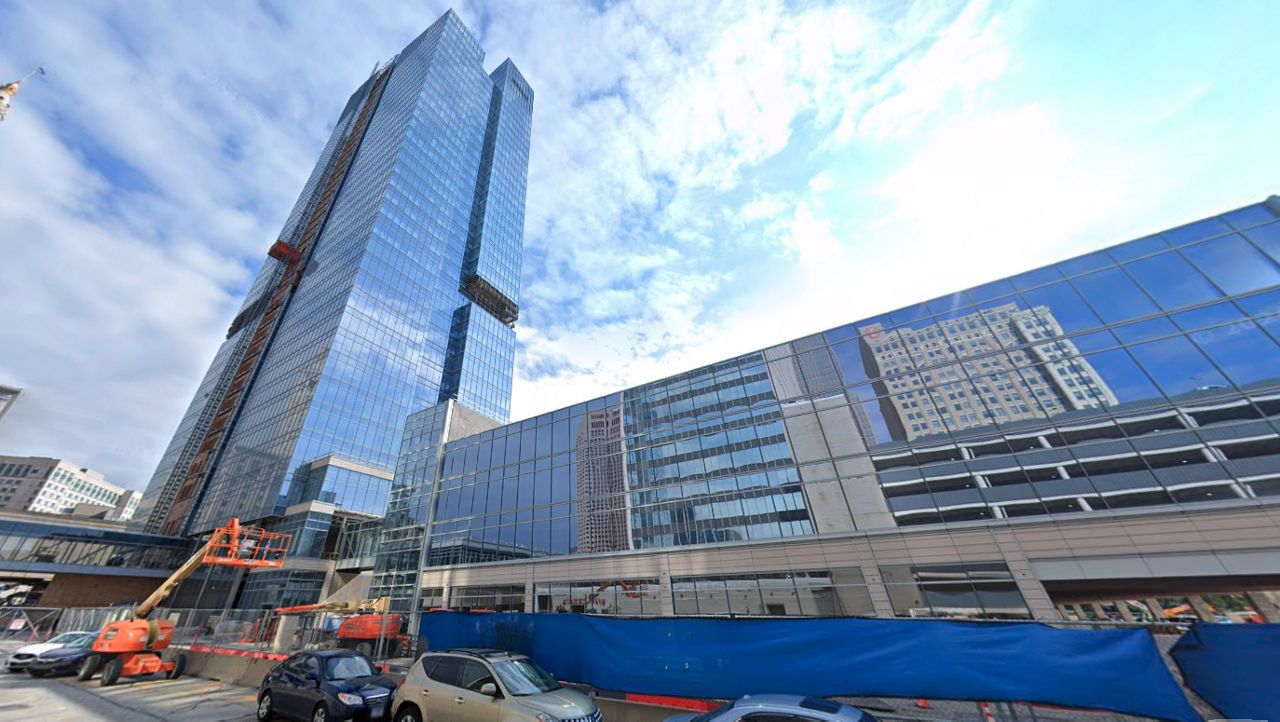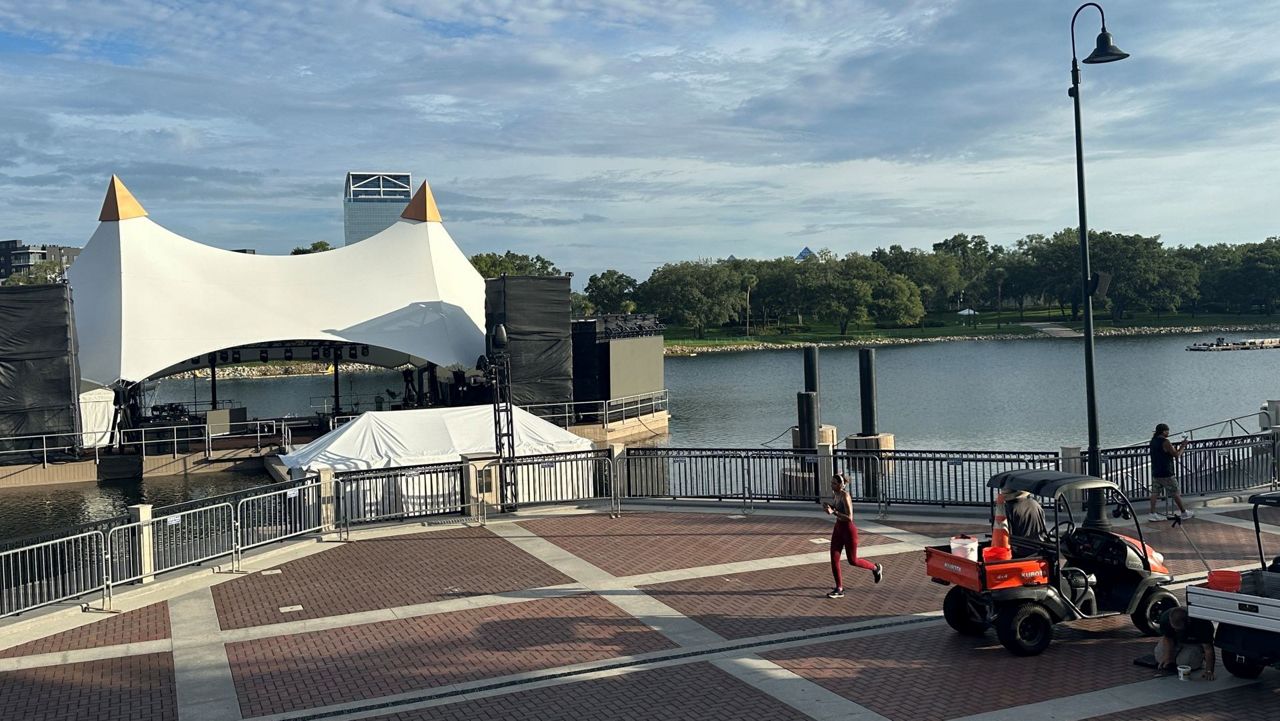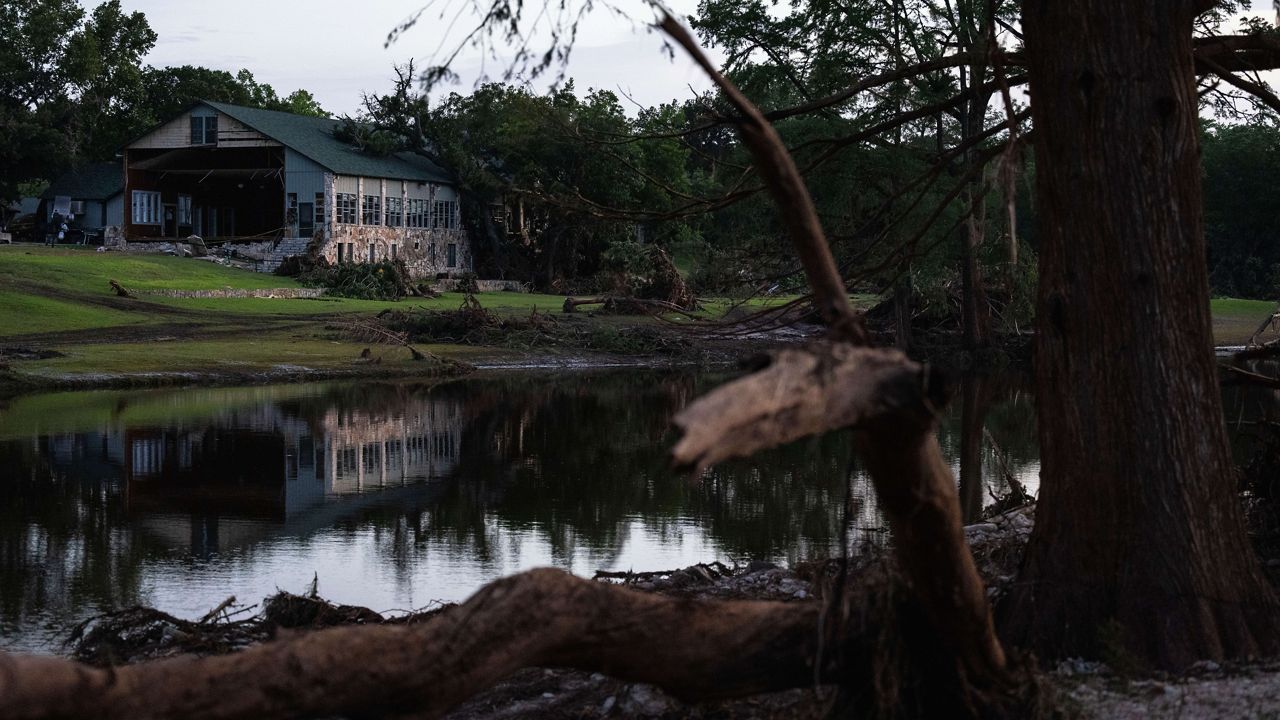DAYTON, Ohio — Two treatment systems on Wright-Patterson Air Force Base near Dayton are up and running to reduce the exposure of PFAS.
In general, "Forever Chemicals" have been a concern for Ohio’s water supply for years. Traces of PFAS are found in many everyday items.
According to research, long-term exposure can be linked to serious health issues, including cancer.
A recent report found that PFAS levels exceeded the EPA’s new maximum contaminant levels. The base has been open to sharing information with the public as they continue to work on the issue.
Spectrum News 1 attended a special tour on base to get an inside look at how the treatment systems work.
“In total, we estimate about seven miles of wire here. That’s a lot of wire,” said Construction Quality Control Manager Terry Bauer as he opened the doors to one of the operational centers.
It takes a lot of work to get the two systems up and running.
Engineers on Wright-Patt are treating both ground and surface water at two out of five high-priority sites on base.
The main culprit was fire fighting foam in 2015 at the hazardous material storage facility.
“It was a very instantaneous release and it filled-up a good share of one of the bays and the only release for it was to open the door and let it come out,” said Remedial Project Manager Greg Plamondon.
The other site across the base next to the Mad River used foam and other materials during fire fighting training.
The size of the effort is larger than many people may realize.
“The total size of the site that we’re actually treating is only about five acres, the problem is, where we’re located here down in all the confluences is treating 55 acres of water,” Plamondon said.
The system begins with a special trench where solids and metals get left behind.
“Water that pumps down from the cut-off trench up here drops through here first,” said Bauer as he showed a trench.
The basins have floating covers to reduce sun exposure and algae growth.
“The pumps installed within the basin, two pumps, combined flow of 500 gallons per minute,” said Plamondon.
The next steps is the backflush system.
“We take water from the surface water collection pond, go up through the media, and it floats all the finds to the top. Continually we can do it by cells within the basin and that goes to the overflow pipes,” Plamondon said.
Since January 2024, about 30 million gallons have been treated at one site and over on the other side of base, the new system just started last month and has treated about one million gallons already.
“The chemicals we’ve come up with are drinking-water safe. They’ve been approved by Ohio EPA. Increases the settling time that we’ve come up with from 3 to 4 hours to 15 minutes so we can process a batch that much quicker,” Plamondon said.
The base also has a large treatment facility.
“Granular activated carbon here removes it to non-detectable levels,” said Jeff Miller with American Water.
It's thanks to careful monitoring.
“The regulations, we meet all the EPA regulations for the safe drinking water act,” said Environmental branch chief Raymond Baker.
“I can’t give you exact concentration numbers, but we’re seeing a reduction in the water even coming into the system for treatment,” said Plamondon.
The two projects cost about $26 million.
The base has three other sites currently in the proposal stage.












